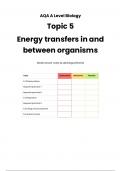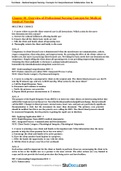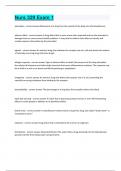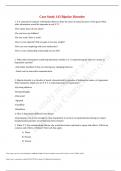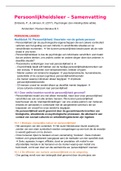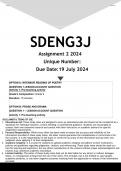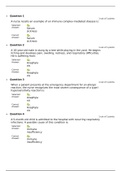Summary
Summary - Unit 5 - Energy transfers in and between organisms
- Institution
- AQA
This comprehensive set of A-Level Biology notes is meticulously crafted to provide students with essential information and streamlined content that reinforces understanding of key concepts.
[Show more]
